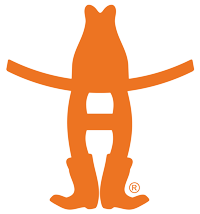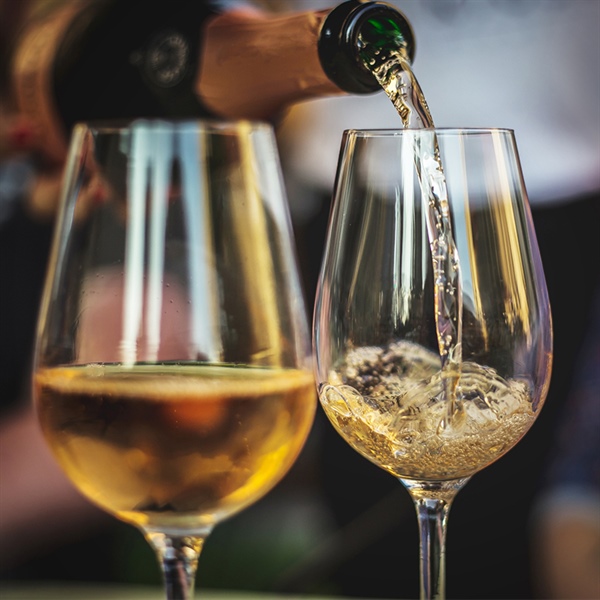By: Nan McCreary
While a new year always calls for a celebration, welcoming in 2021 feels more joyous than usual. If there was ever a time to pop the cork on a bottle of bubbly, it is now. And as long as you’re pouring the bubbles, you may want a little something to munch or dine on while you’re toasting the new year. And what might that be? Here are some suggestions.
With their racy acidity and dryness, all sparkling wines make excellent food pairings. The king of these is, of course, Champagne, made in the French region of the same name. Food-wise, Champagne loves two things: Salt and fat. With its fruity, yeasty and nutty flavors, Champagne is the go-to wine when you can’t think of what else to serve. It complements shellfish, crispy fried foods (yes, fried chicken and French fries), light pastas with white wine sauce and decadent entrées like mac ‘n’ cheese. If you want to splurge, you can try Champagne with caviar or a big, juicy steak. Or, if your mood is more pedestrian, try it with popcorn. You will never be disappointed.
Down the road from France, in Spain, locals opt for Cava as their sparkler of choice. Historically, Cava is produced from Macabeo, Parellada and Xarel-lo, but Champagne grapes, Chardonnay and Pinot Noir, are now being used. Cava, like Champagne, is made in the “traditional method,” where the second fermentation takes place in the bottle in which the wine will be sold. This gives the wine its fine bubbles and creamy texture. Cavas tend to be light bodied, pleasantly acidic and fruity. With food, the dryer styles pair well with fish, shellfish and lighter meat dishes. Sweeter versions can complement heavier dishes that are spicy, hot or sweet. Some experts suggest Cava is a perfect pairing for tricky vegetables such as artichokes and asparagus. In recent years, Cava has become an affordable alternative for Champagne lovers who would rather not put out the big bucks for a sparkler. In fact, a Cava — Freixenet Cordon Negro Brut, Spain, NV — was named the Top Sparkling Wine in the 2020 Houston Livestock Show and Rodeo™ Rodeo Uncorked! International Wine Competition.
Yet another less expensive alternative to Champagne is Prosecco, which hails from the Veneto region of Italy. Prosecco is made from the Glera grape, and is produced in the tank method, where the second fermentation takes place in a large, closed pressure tank. This results in lighter, spritzy bubbles that are not as persistent as the ones in Champagne. Flavor-wise, Prosecco has more pronounced, yet delicate flavors of green apple, citrus and white flowers than Champagne, which gives it a touch of lively sweetness on the palate. Prosecco is a perfect partner for salty snacks and foods that are rich in umami flavor, such as prosciutto. Because it is so versatile, Prosecco will complement just about any entrée, though it may not be the best pairing for heavy red meats and some vegetables. Prosecco can be a great match for desserts too, but be sure to reach for the sweeter styles, labeled “Demi-Sec” or “Doux.”
Italy boasts another great sparkling wine — Franciacorta — although it has only recently begun to capture the attention of oenophiles around the globe. Franciacorta is a traditional method sparkling wine from Lombardy, produced from Chardonnay, Pinot Bianco (Pinot Blanc) and Pino Nero (Pinot Noir). Non-vintage Franciacorta must spend a minimum of 18 months on the lees before it is disgorged and released, which increases complexity and flavor integration. Franciacorta is known for well-balanced acidity, rich fruit flavors and hints of yeast and bread crust. The fruity sparkler pairs well with soft ripened cheeses dried and roasted, salted nuts. True to its Italian heritage (what grows together goes together), Franciacorta is the perfect complement to native pasta dishes like ravioli, creamy lasagna, and white pizza.
Sparkling wines play well with all sorts of foods. Whether it’s a French Champagne, a Spanish Cava, or an Italian Prosecco or Franciacorta, bubbly’s great acidity enables it to cut through rich fatty dishes and compliment high-acid ingredients such as tomatoes or vinegars. Invariably, a glass of bubbly will be a crowd pleaser at the dinner table. And of course, the celebratory look and feel of bubbles rising in the glass will always add to the festivity of the occasion. It’s a new year — 2021— so grab a bottle of bubby and drink up. The best is yet to come!
For more article like this and all things Rodeo Uncorked!, join our Rodeo Uncorked! Facebook group.


